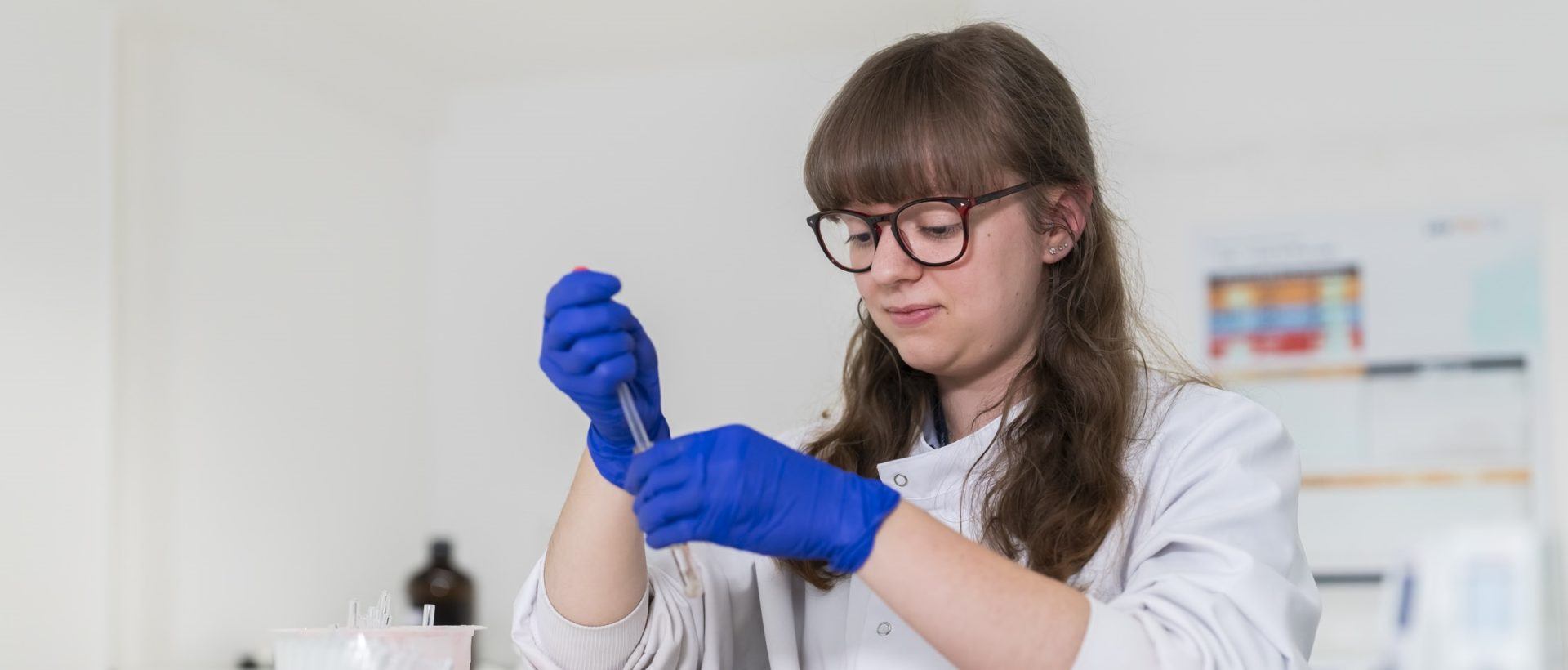We have been doing some research here at our laboratory to discover what our most commonly detected drugs have been over the years. Read on to learn more about which drugs have made the top three most commonly detected list…
- Cannabis (THC/delta-9-tetrahydrocannabinol)
Our most commonly detected drug by a long way is the main active compound of Cannabis, delta-9-tetrahydrocannabinol (or THC for short). THC is the primary psychoactive ingredient of Cannabis and is responsible for the intoxicating effects an individual may experience after consuming Cannabis.
Cannabis is a naturally occurring, Class B drug made from parts of the Cannabis plant. It has mild sedative affects that can cause feelings of relaxation and calmness, however it is also a mild hallucinogenic. Whilst under the influence of cannabis, short-term memory, concentration, and intellectual or manual dexterity, including driving may be affected. Perceptual distortion, forgetfulness and confusion of thought processes can be experienced with higher doses.
Psychologically, Cannabis use may cause paranoia and anxiety. Regular use of the drug may cause the user to have difficulty quitting and may experience physical and psychological withdrawal symptoms.
A hair drug test for Cannabis will look for THC as well as two metabolites (substances that are produced by the body when the drug is taken and can be used to indicate direct usage) which are 11 Nor-9-carboxy-delta-9-THC and 11-Hydroxy-delta-9-THC, as well as one constituent of the Cannabis plant, cannabinol.
2. Cocaine
The second most commonly detected drug analysed in our laboratory is the Class A drug, Cocaine. Cocaine is obtained from the leaves of the coca plant and is a stimulant drug of the central nervous system similar to that of amphetamines, however the effects are stronger but do not last as long. It increases alertness, feelings of well-being and euphoria, energy and activity.
High doses of Cocaine can raise the body’s temperature, cause convulsions and respiratory or heart failure. The risk of overdosing increases if crack cocaine is mixed with heroin or alcohol. Long term regular use of Cocaine can cause problems with anxiety, paranoia and panic attacks.
A hair drug test for Cocaine will also look for:
- Benzoylecgonine – a metabolite of Cocaine that can be used to indicate use.
- AEME – a substance that is produced when Cocaine is burnt and thus indicative of Crack Cocaine use.
- Cocaethylene – a substance that is produced when alcohol and Cocaine are taken together. Cocaethylene has a very similar effect to that of Cocaine however the feelings of euphoria can be stronger and more prolonged than that of Cocaine.
3. Codeine
Codeine is the third most commonly detected drug analysed by our laboratory. Codeine can be found in many over-the-counter pain relief medicines due to its ability to treat mild to moderate pain that does not respond to simple painkillers.
When consumed, Codeine can produce feelings of warmth and well-being, as well as relaxation and sleepiness. However, the risks associated with taking it include nausea, constipation, confusion, sweating, itching, mood swings and feelings of laziness.
Despite being found in over-the-counter remedies, Codeine is part of the Opiates drug group which are a group of drugs that contain constituents derived from the opium poppy plant. A hair test for the Opiates drug group will look for 6-MAM (a Heroin specific metabolite used to show Heroin use), Morphine, Codeine and Dihydrocodeine (also found in over-the-counter pain relief remedies).
More detailed information on the effects, appearance and use of our top 3 most commonly detected drugs can be found by visiting Talk to Frank. To book a hair drug testing sample collection appointment for your case email [email protected] or call 029 2048 4141 to receive a competitively priced, case-specific quotation.
Published 08/05/18 – All information correct at time of publication





